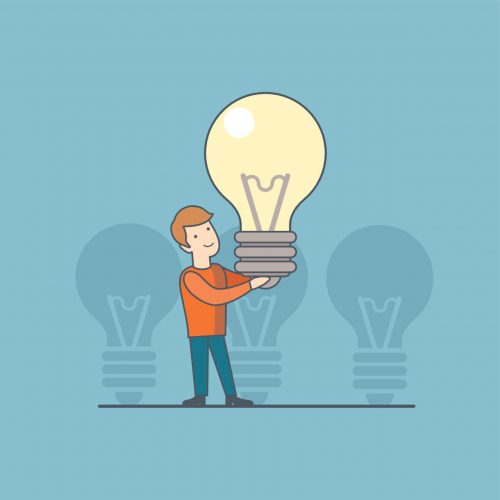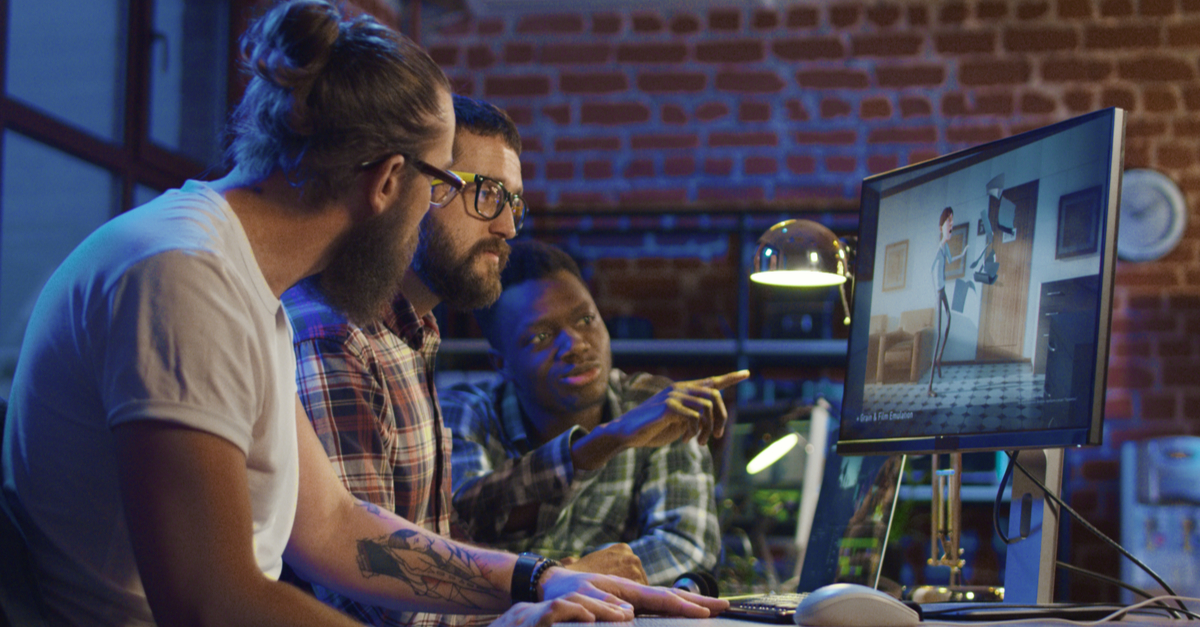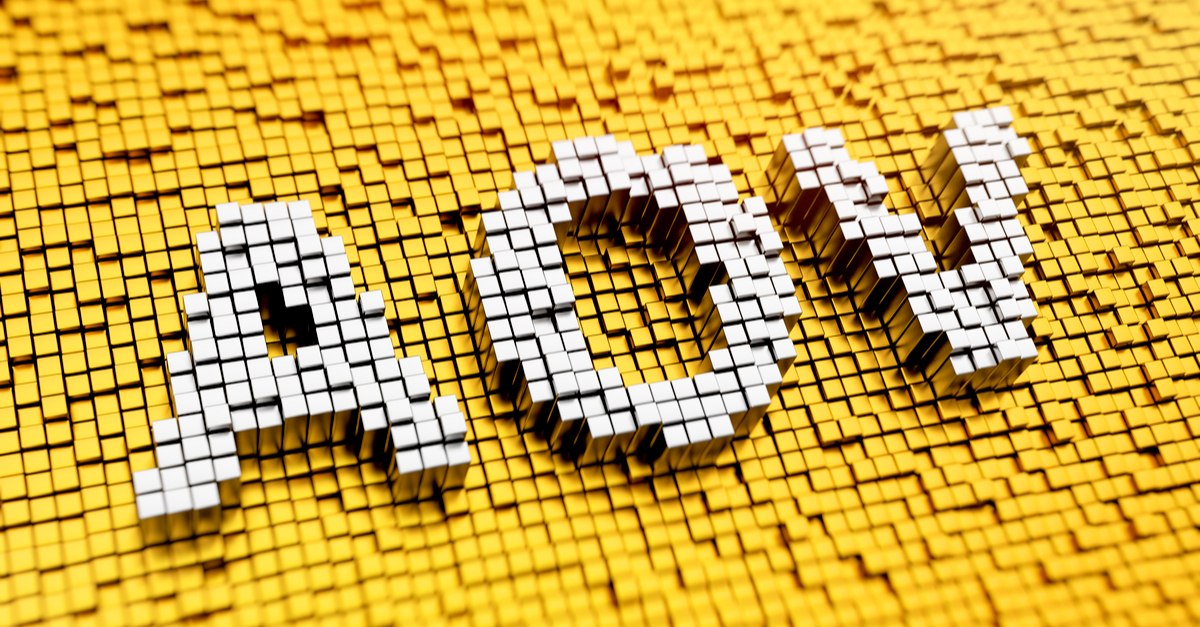What Is Animation In Web Design?
Simply put, it is anything at all that interacts with you on a website. It could be a GIF, a video you add, the changing color or changing icon when you hover on a word, slide transitions, or more such engaging exchanges.
Animation brings dynamism to your website, and a sense of style that static websites lack..
Increasingly, website design is including animation and it is easy to see why.
Why Should You Use Animation In Your Website Design?

There are multiple reasons for adding animation to web design and all outcomes only make it more appealing to visitors.
Consider this –
- When you provide a facility for visitors to interact with an aspect of your site in a non-intrusive way; then that interaction is voluntary, engaged and relevant.
- Animation web design attracts attention to your website that can be used as a guide to direct visitors to the next steps; leading them towards your desired outcome.
- It keeps visitors engaged for a longer time; and more meaningfully through user interactions. That means it creates an emotional connect with your visitors- they feel somewhat in charge of their own experience on your site. That certainly is an improvement from websites of earlier times.
- Additionally, the use of animation in website design is only increasing. Most web designs now employ some form of animation and it is one trend that looks like it will stay a long time especially in nuanced ways like micro-interactions
Remember, too much of a good thing is bad too. Users can easily get overwhelmed with too much interaction so give your website a good chance to succeed by employing animations judiciously and in a relevant way.
Here are some ideas for scenarios when it makes sense to introduce animation for positive engagement.
Ideas For Good Use Of Animation On Your Website

As a rule of thumb, whenever you consider adding animations to web design, ask yourself if it will add to the user experience and help influence it in a positive way. You want animations in your web design to truly help achieve your company’s business goals.
- You could use animation to highlight some action you intend your viewer to take. For instance, if they hover over a ‘download’ button, perhaps the button changes in color or icon design; prompting a click to take the action you intend the viewer to take. This individual engagement is known as a micro-interaction and is a very effective use of animation. Ideally, micro interactions should be subtle so they don’t steal the limelight from the elements they highlight, but simply make them easier for you to use. Use them sparingly like to highlight when you turn a feature on or off, to tell a user when some action they performed was successful for example the submission of a form, or when highlighting important information within your site.
- The creation of slide galleries where images transition as a slideshow and make the website look more dynamic are a great example of another scenario when the use of animation is positive for a site visitor. Transitions also ease the navigation from one point to another and make switching between pages easier.
- Animation may be used to delight and decorate your site as long as it adds to the narrative you are building. An example is the parallax scrolling animation that adds a fantastic sense of style to your layout. With parallax scrolling, background images move more slowly than images in the foreground, similar to the transparency mode; that creates the illusion of depth and immersion. This is very effective with video, serving the purpose of telling a story aesthetically to keep visitors engaged for longer.
- Interactive forms that encourage site visitors to start an engagement and then continue the relationship are a great way to use animation to advantage to build your subscriber list
Simple animations often work best because they are easy to understand and do not take the attention away from important elements on the page. The subtlety enhances the web design.
Larger animations should be used sparingly and when used right, can be very effective as well.
Whether they are simple animations that include feedback indicators like hover effects, notifications, progress scales, or form validation as well as visual storytelling elements like parallax scrolling, typography animations, content fading, screen transitions, and walkthroughs and navigation elements like scrolling galleries, too many animations can slow down website loading times. It is therefore prudent to be cautious in implementing them for your site. After all, speedy interaction is sought by every user and will be beneficial to your own brand too.
Beginner Tools To Get Started With Animation For Your Website.
What’s great is that when you build a website on a platform like Shopmatic, some elements are already enabled for animation as part of the theme itself. For instance, adding a video or creating a slideshow of images on your homepage already exists as an option.
In addition, there are some surprisingly simple ways to add animation to your website design.
Let’s explore that here some simple free tools that will help you build confidence as you explore this world of animation
Bouncejs ; is a free library that lets you create and share animations embedded into CSS code. Don’t worry – you don’t need to know any coding to work this easy resource.
Animatron ; allows you a free trial version of software that is mostly used to make videos and graphics. Its editing software is fast and easy-to-use as well.
Behance offers some useful links that can be used to help understand animation better.
Animate.css is a very popular and straightforward simple tool which is great for making very basic animations.
Codepen is a little more suave in that it gives you simple editors for HTML, CSS and JS coding which can be used to add animation to your website design.
Dribble is another useful site that provides simple resources for instruction on animation and some inspiration as well.
Conclusion
You only get a few seconds to grab the attention of visitors to your website. Adding animation helps bring some interest to the engagement, adds a level of interaction, and if done right, brings an inherent attractiveness to your site.
Keep in mind that the animation should be unobtrusive and not distract the user from the primary task. Test them to check that they do not slow down the website too.
Each element of web design must add value to the website design and animations are no exception. Use them well to tell your users how to navigate your site, draw attention to an element on your web page, and to guide visitors through your website by showing them the next step you’d like them to take.
Animations can add tremendous value to the web experience of visitors to your site. Use them well!
You might also find these articles and videos interesting –
Going Live With Short Video Clips
Making Your Online Store Stand Out From The Crowd
Key Points You Must Remember About Your Audience
And, take a look at Shopmatic World to find inspiration as a seller as well as a buyer.


